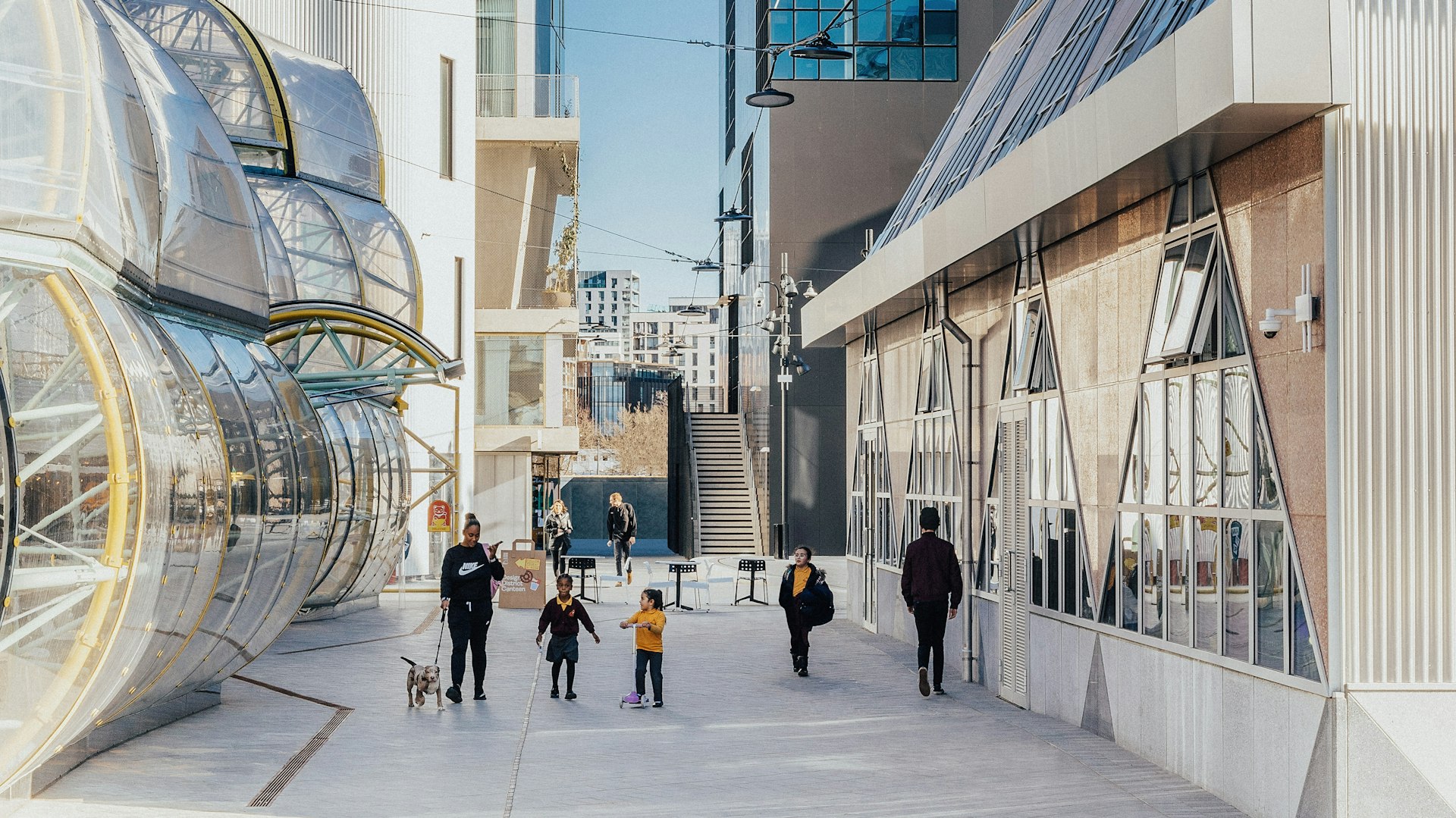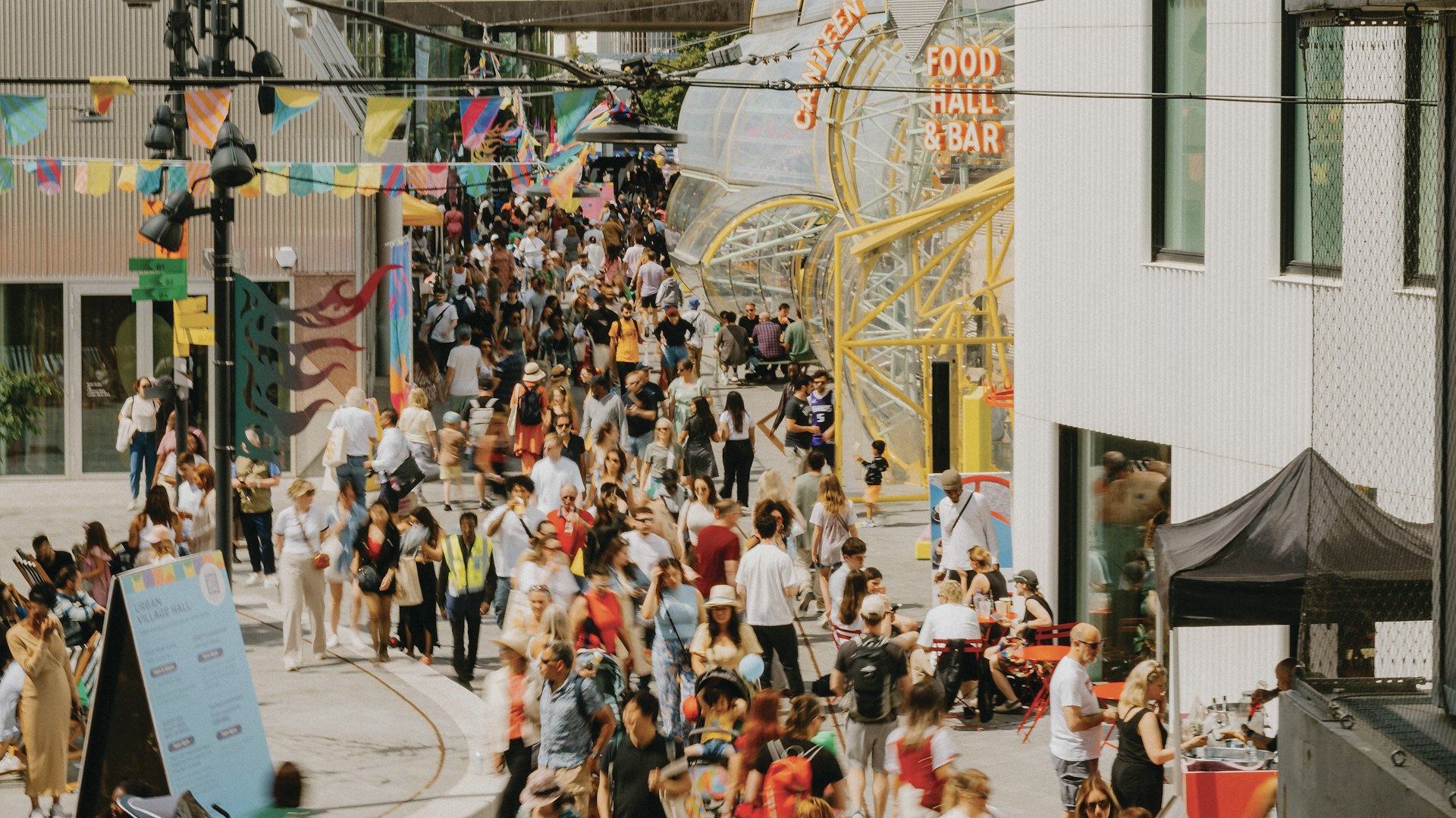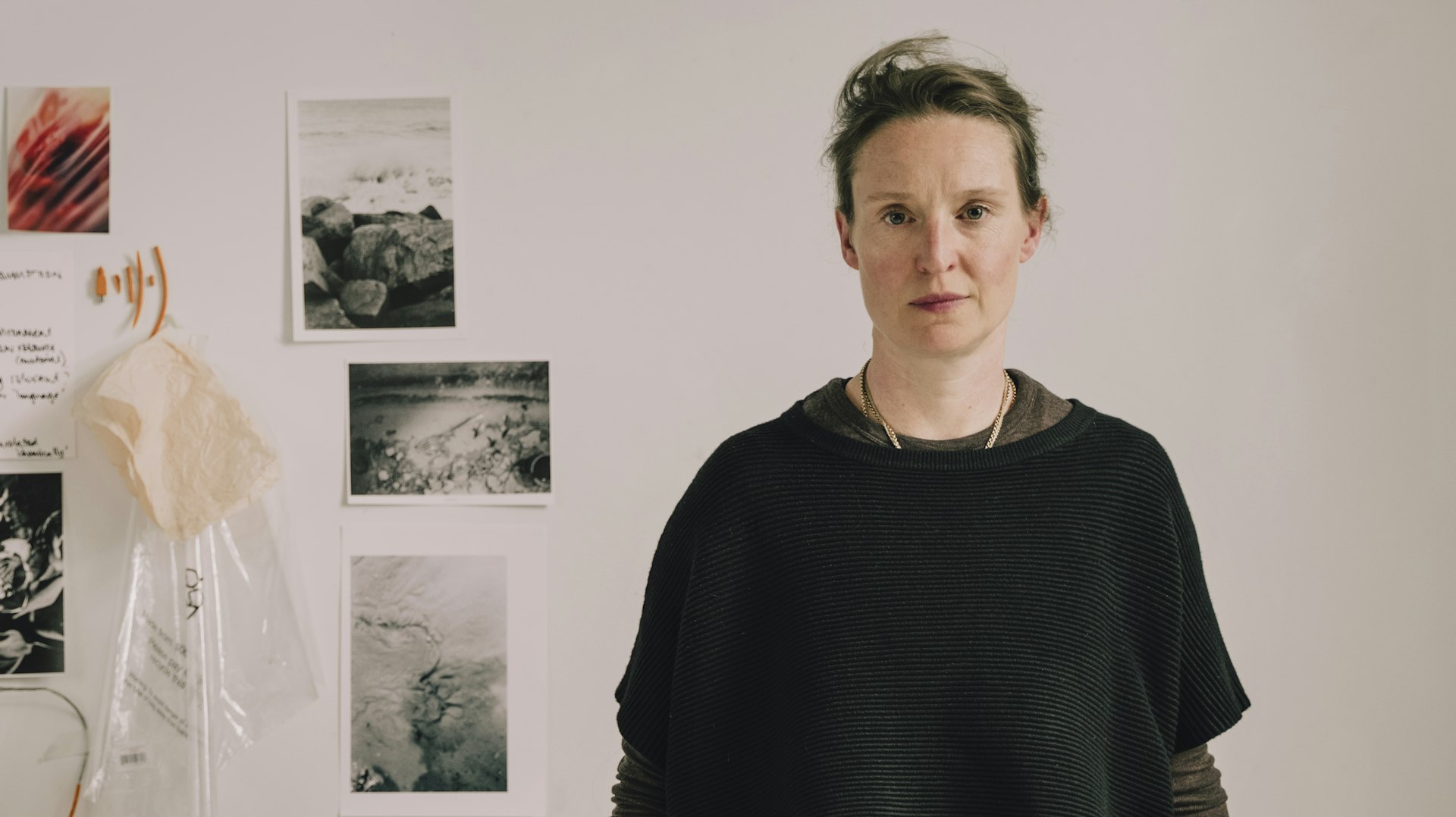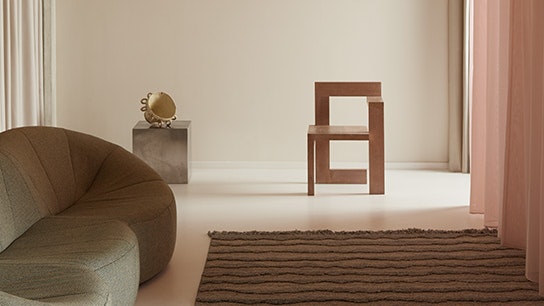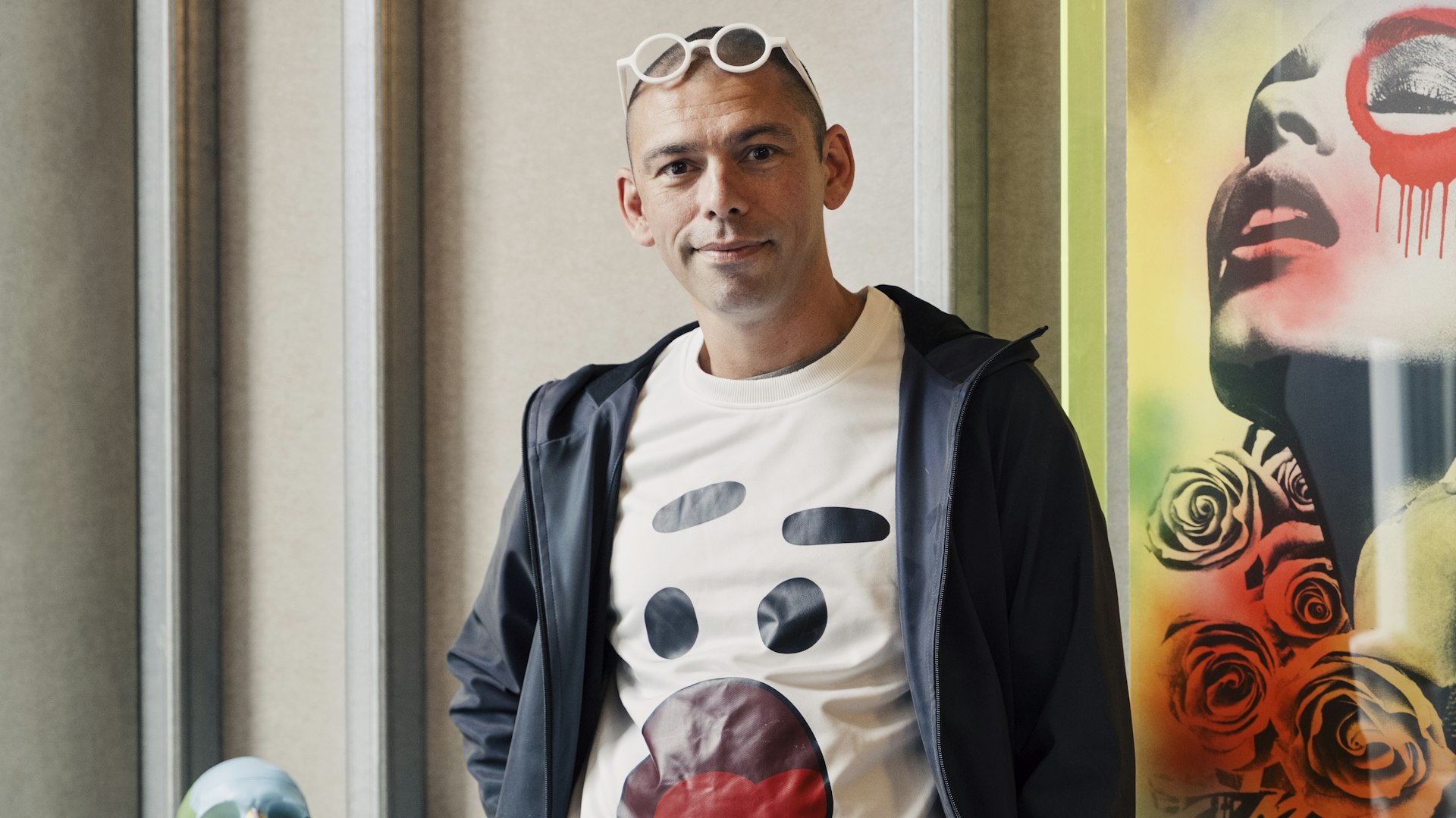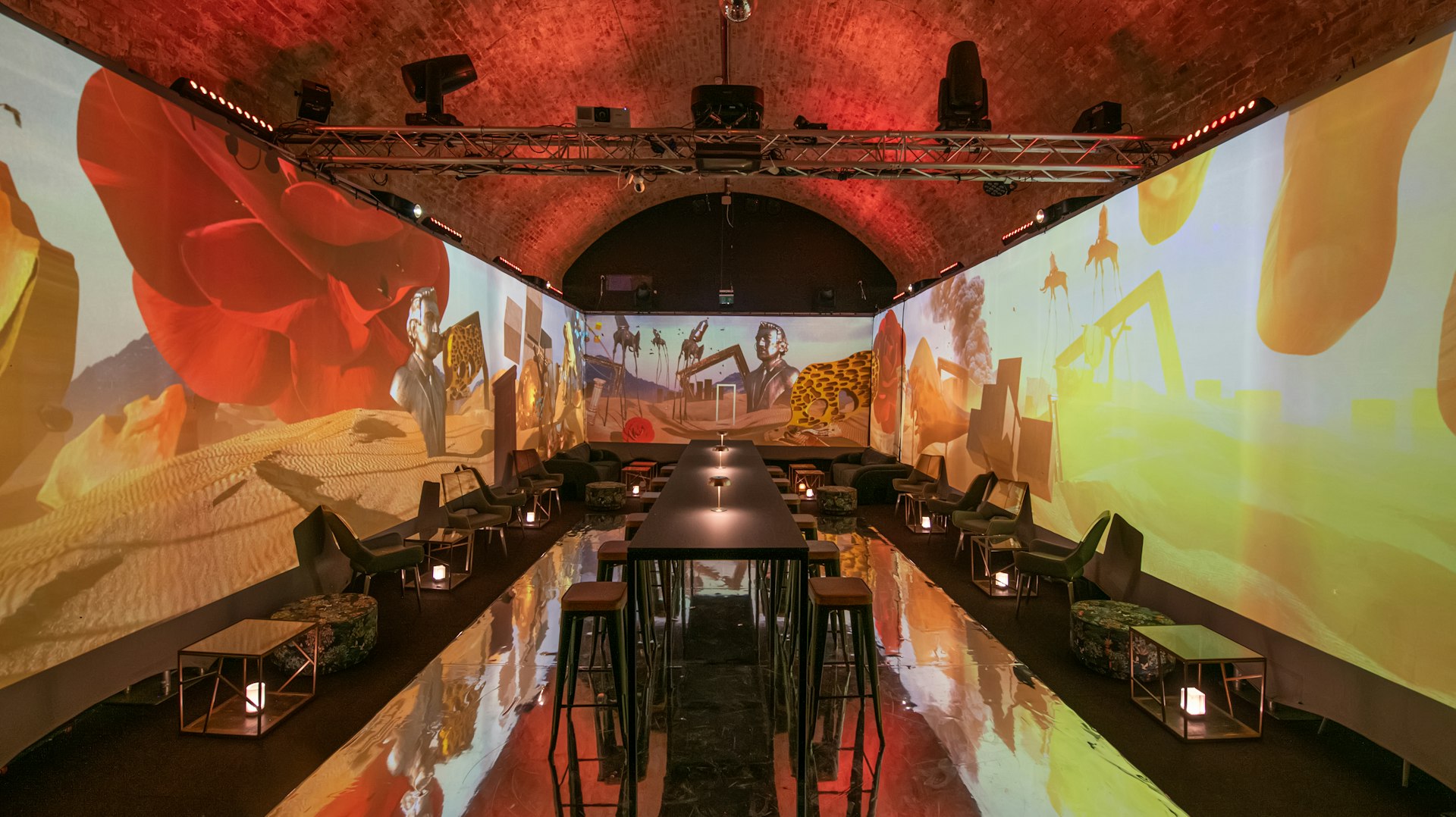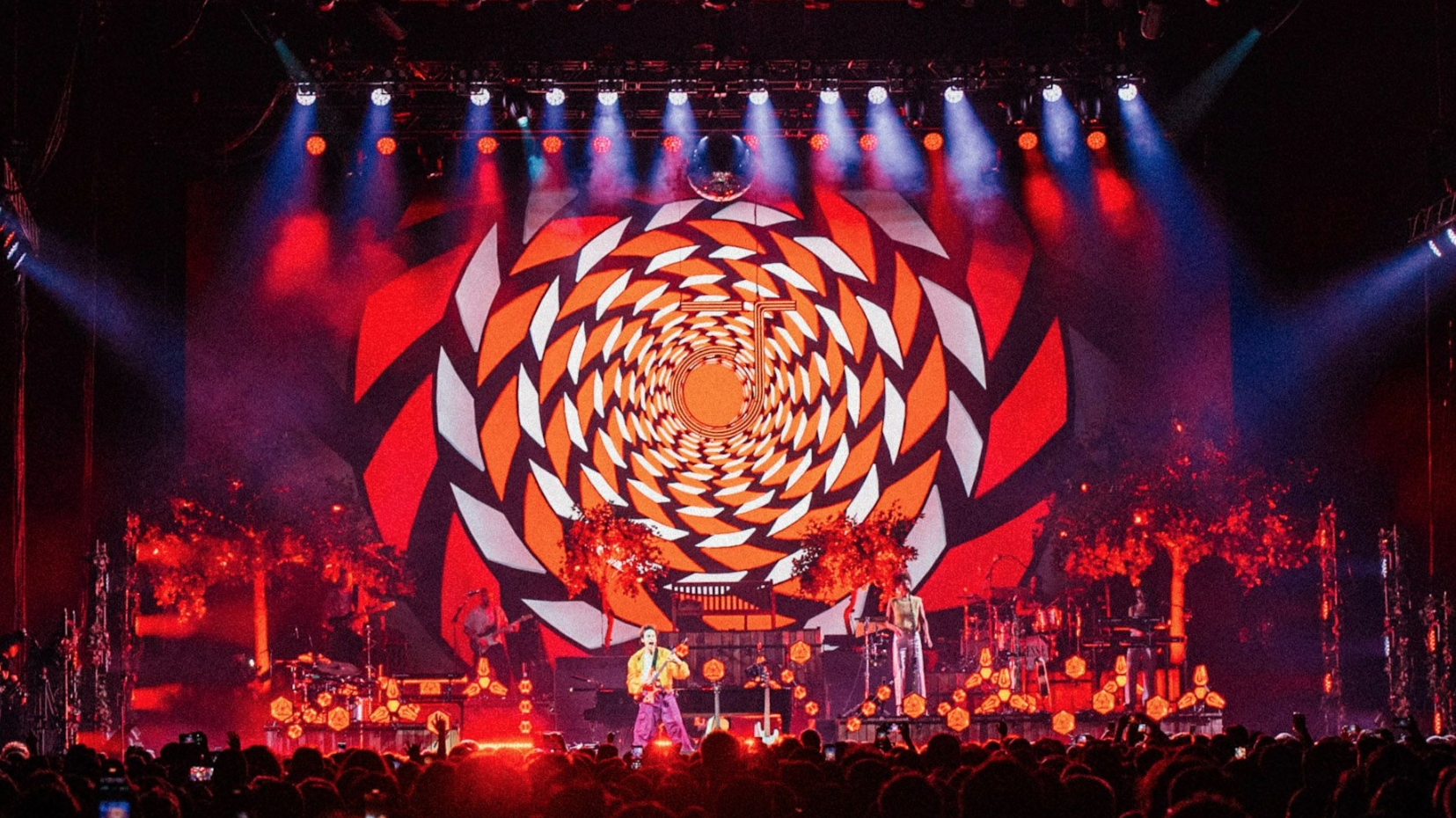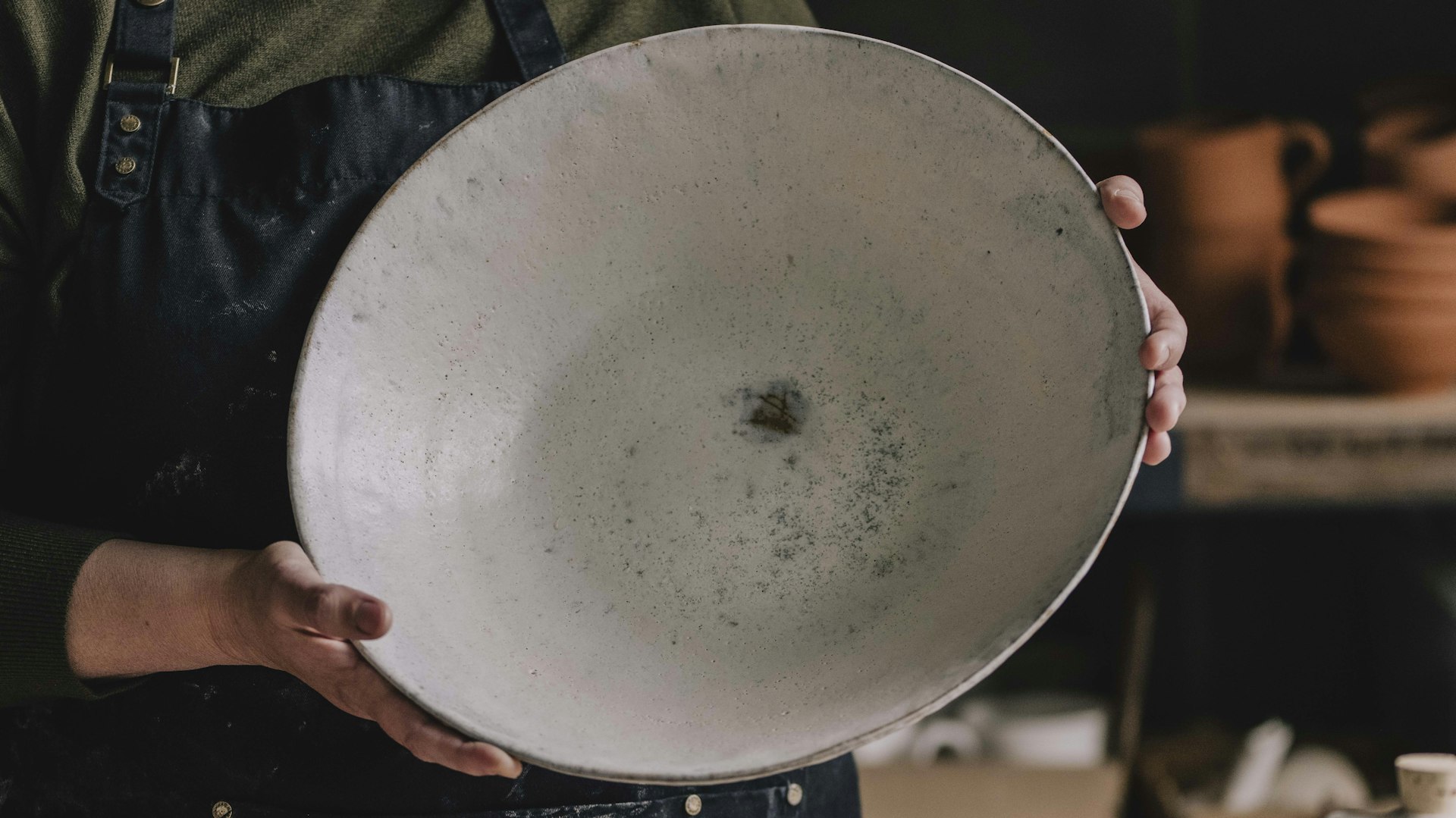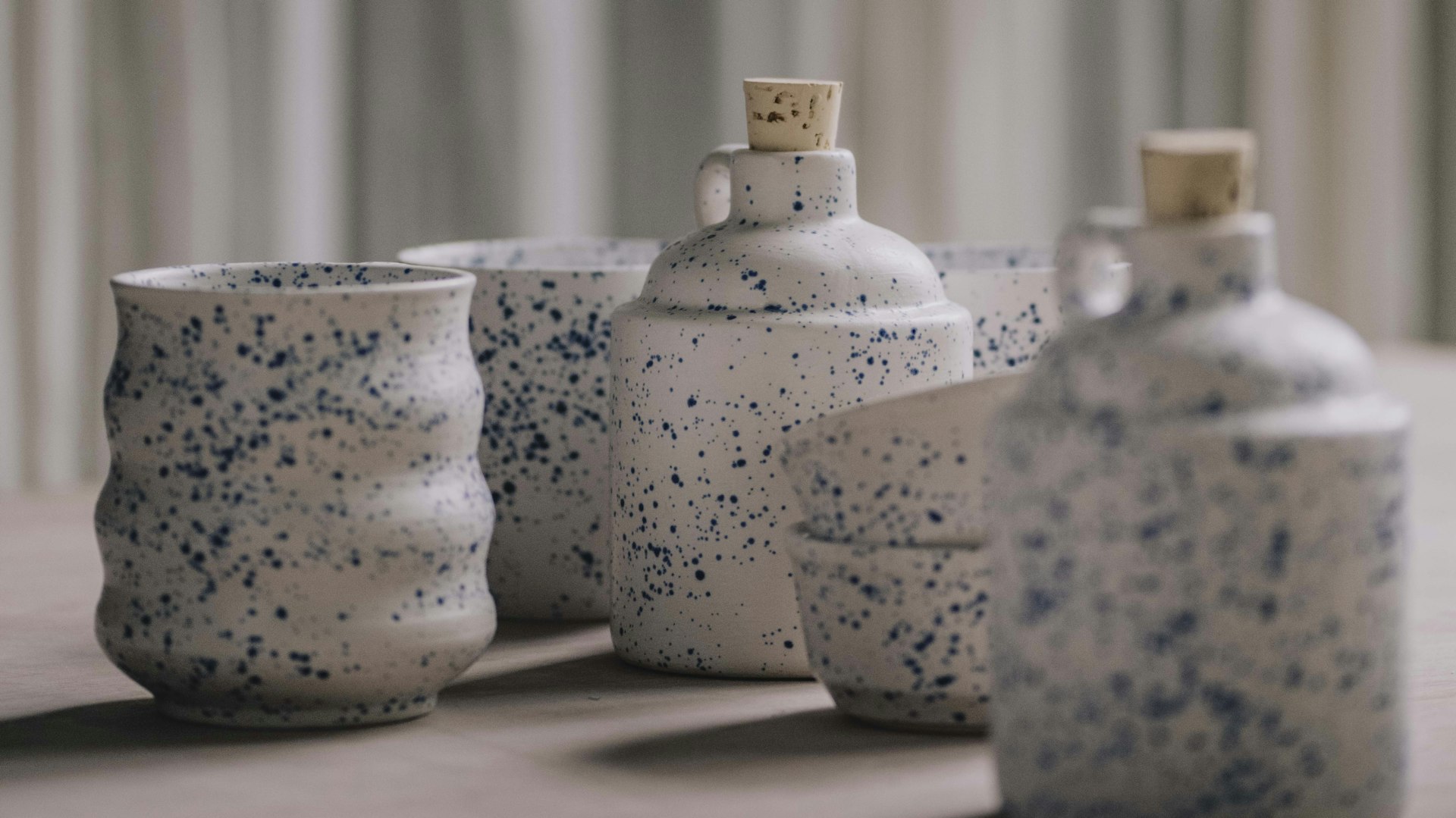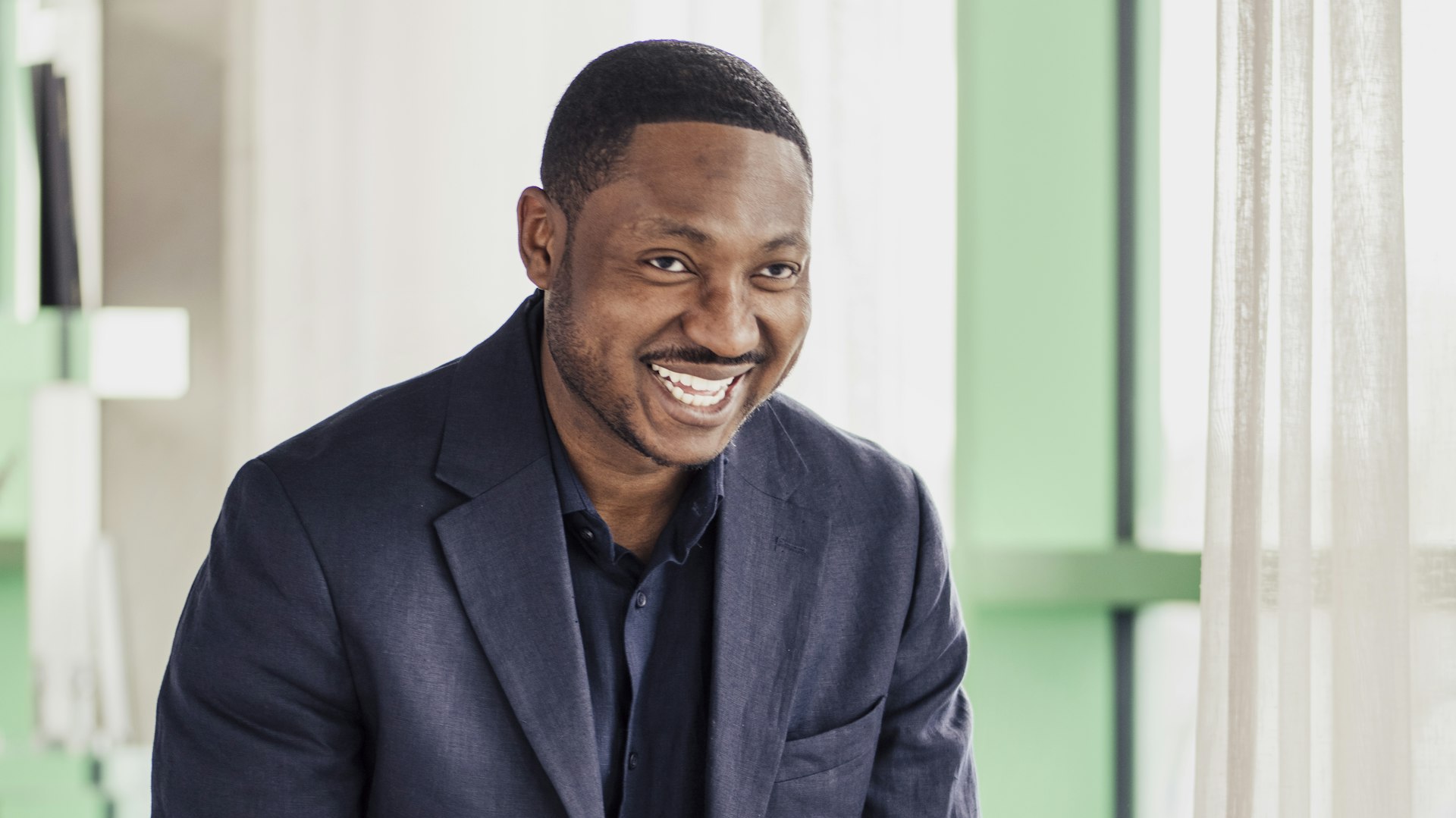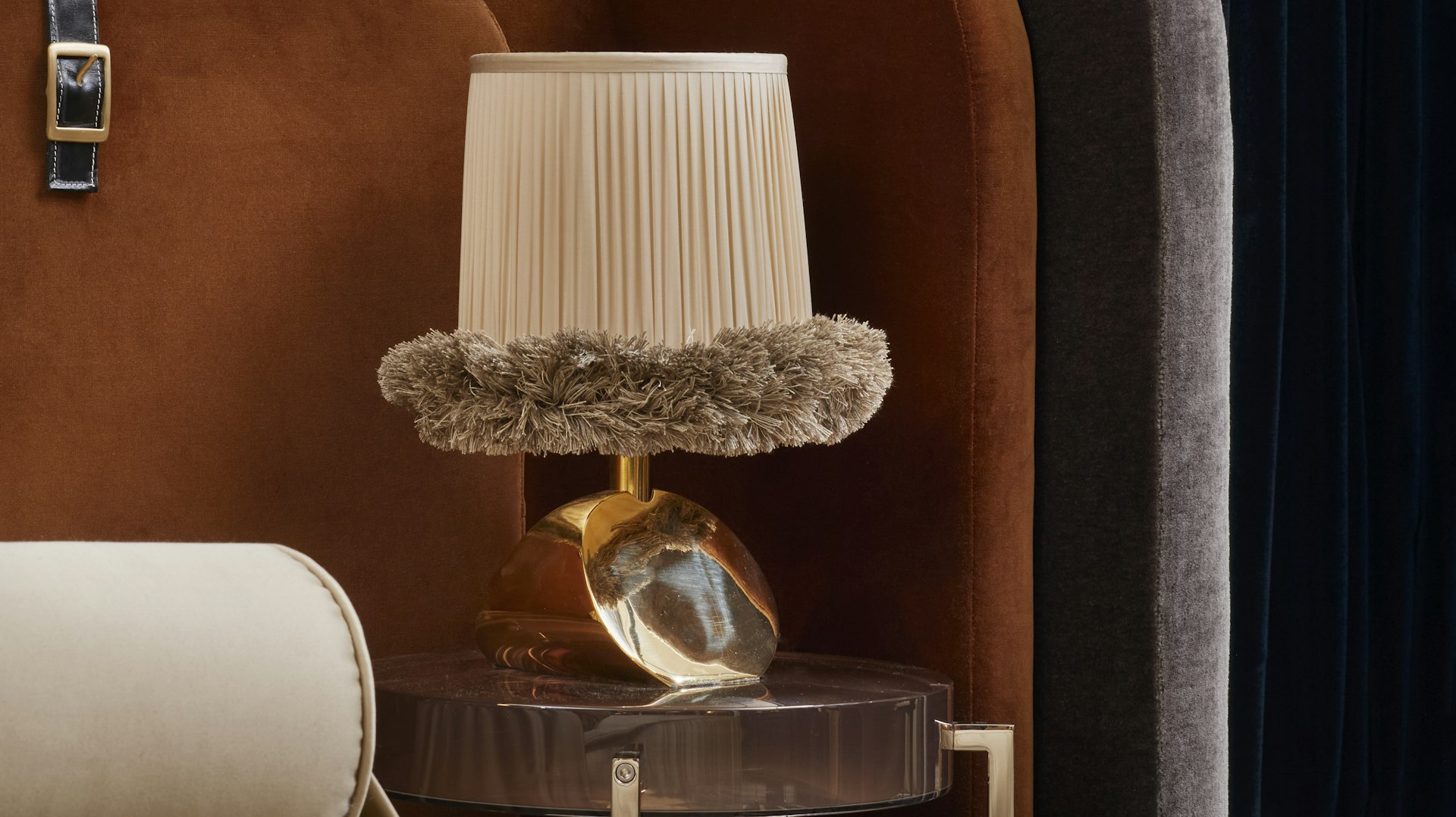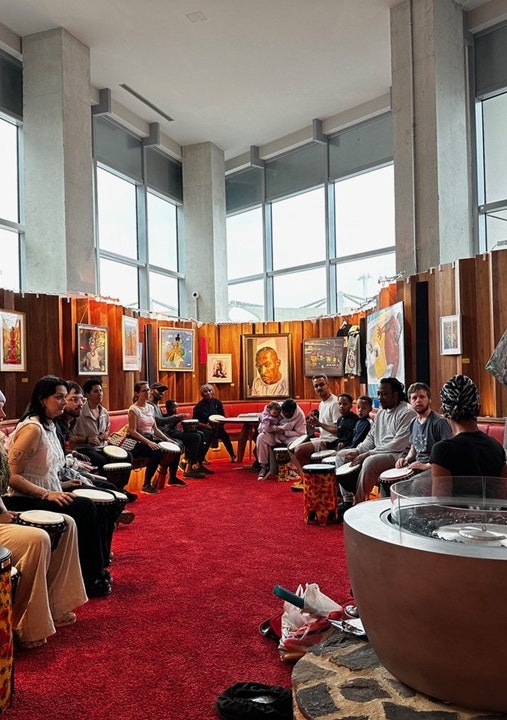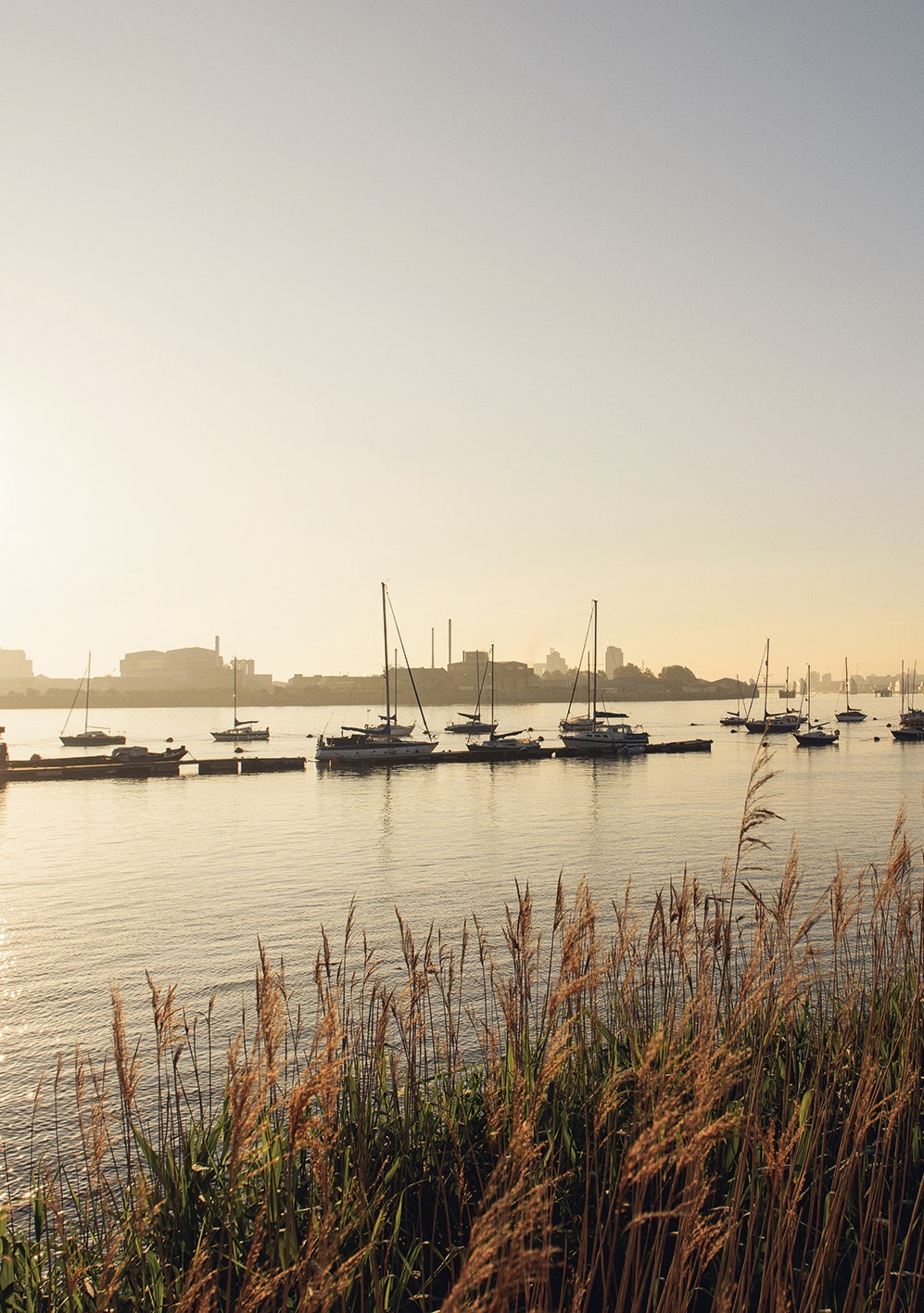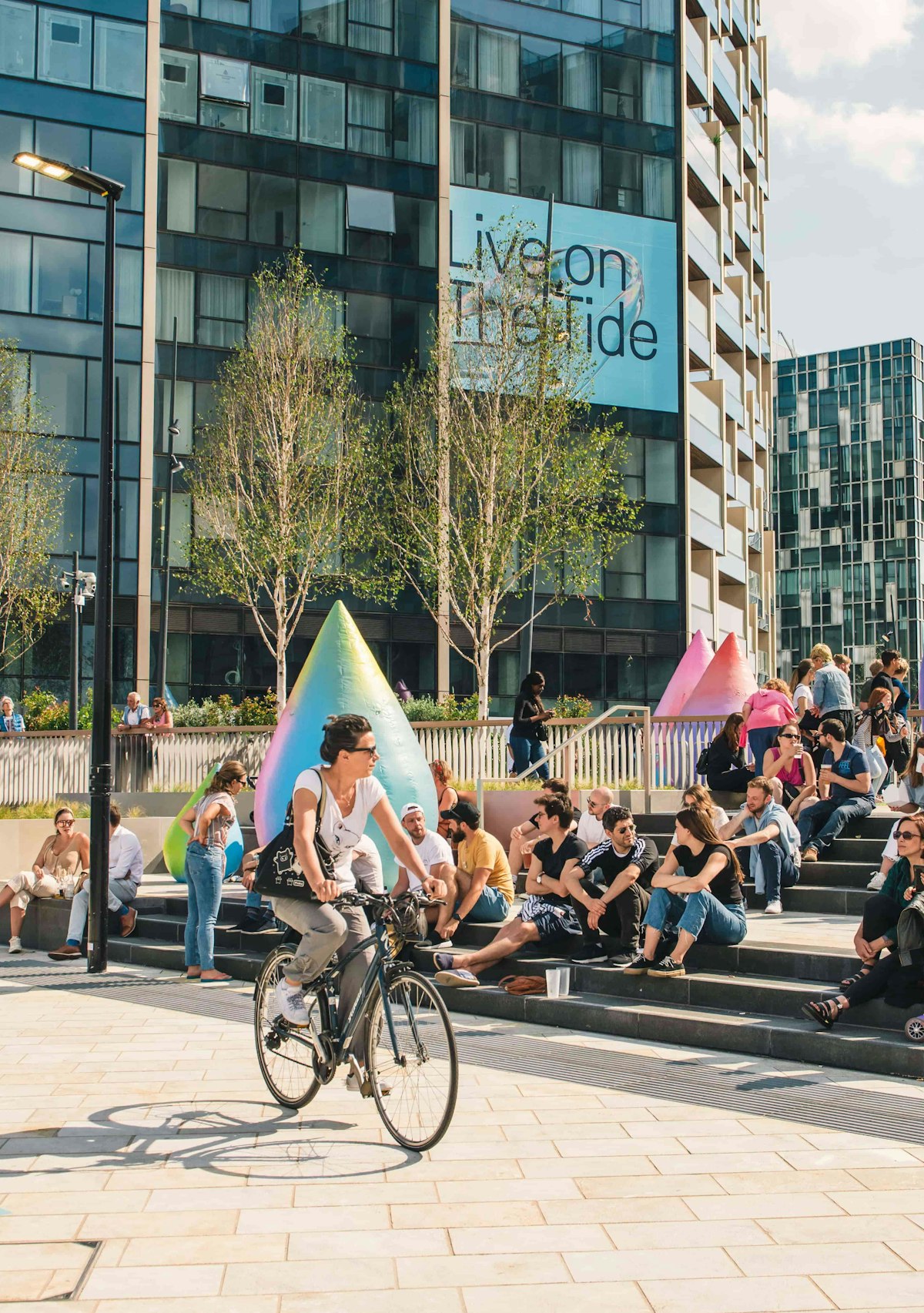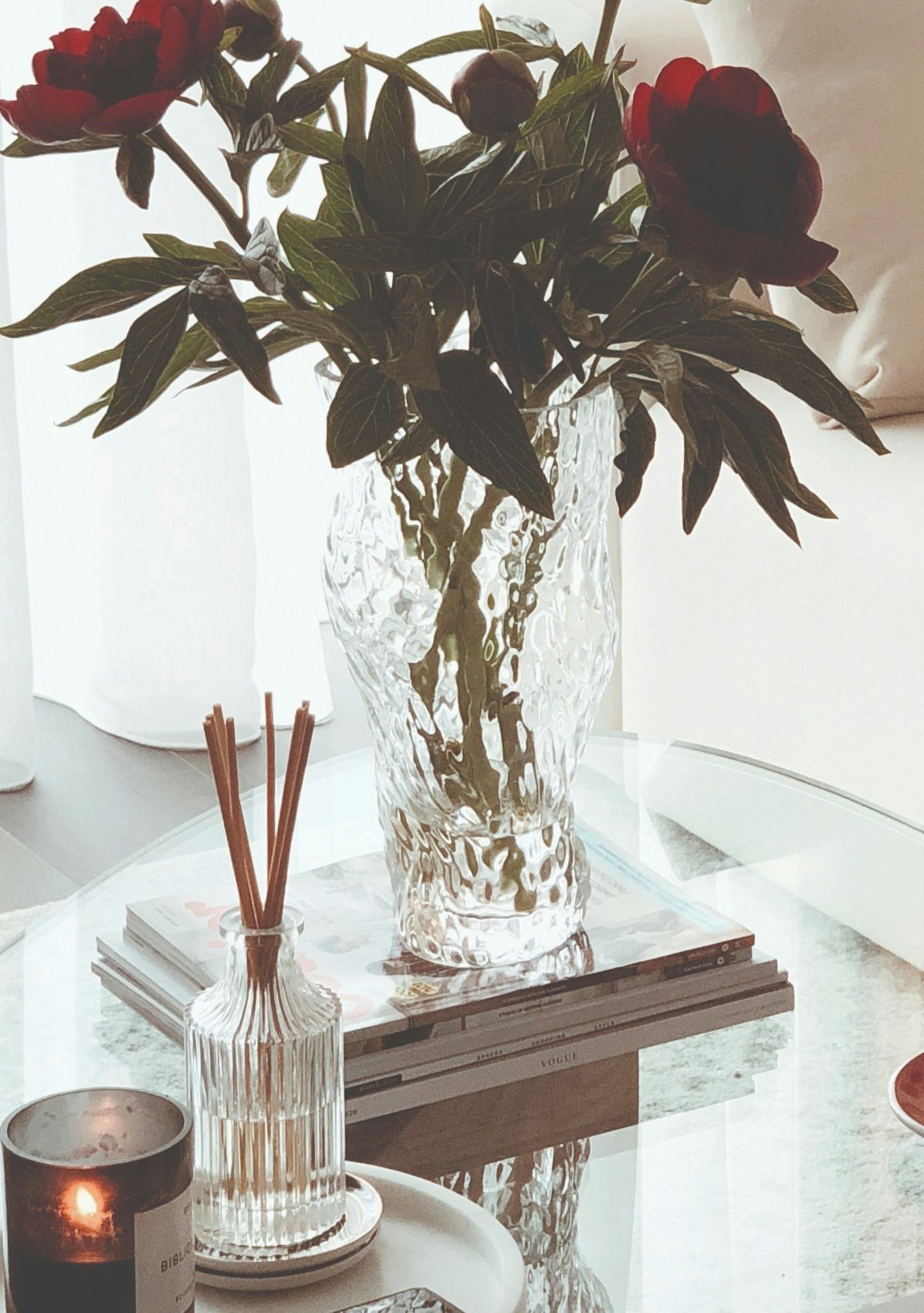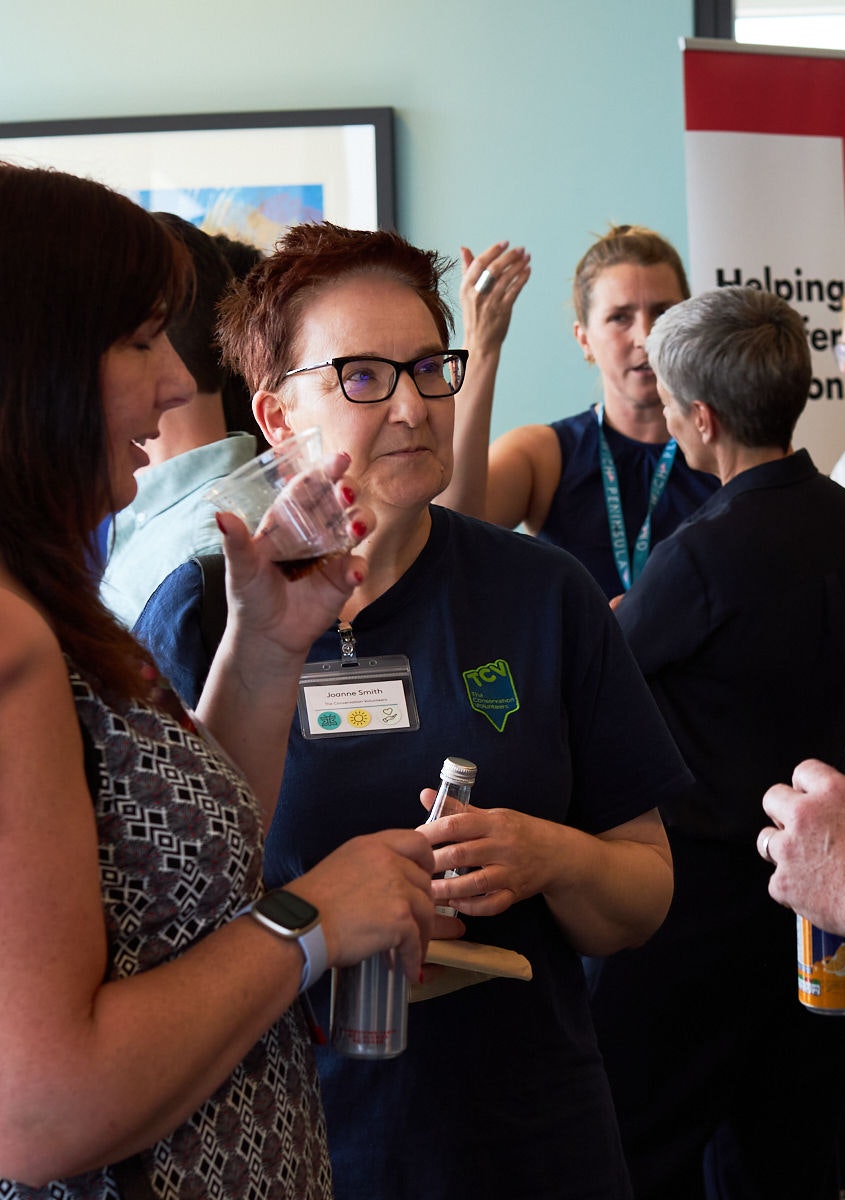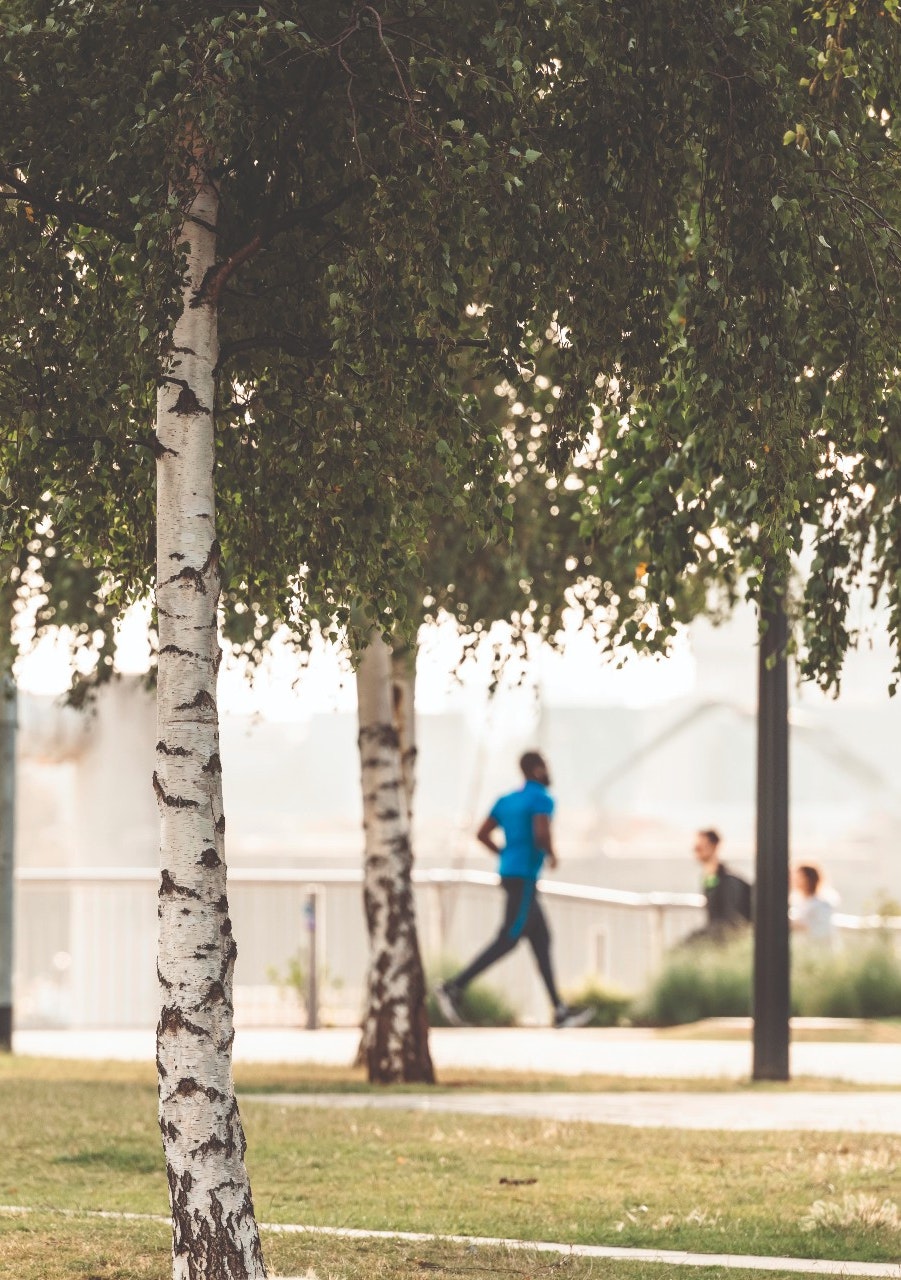
A battle for the soul of London
Since 2020, creative workspaces and studios in London have halved – which is why we need Greenwich Peninsula’s incredible Design District more than ever.
Vivienne Westwood once said:
“There’s nowhere else like London. Nothing at all, anywhere.”
From 21st-century boundary-pushing innovators (Michaela Coel, Amy Winehouse, Stormzy) to historical icons (Dame Vivienne herself, David Bowie, Alfred Hitchcock, Mary Shelley), London is – arguably – the most creative city in the world.
It’s a city that’s always been the go-to home for designers, painters, printmakers, musicians, architects, writers, poets and fashion changers (in 2019, the creative industry contributed £55 billion to London’s economy), but according to a recent survey by Acme of London creatives:
“Almost 30% of respondents identify financial pressures as the main reason why they may not continue to be an artist in five years’ time. Nearly 75% of respondents indicated that they were struggling financially.”
A creative place to be
Crucially, one of the reasons artists and innovators are struggling is the loss of affordable spaces in which to safely daydream, plan and execute new work. A London without this rich seam of culture, innovation and ideas just wouldn’t be London at all; this history and culture must be protected.
Since 2020, a shocking half of existing creative workspaces have disappeared in the capital – and it’s one of the reasons Greenwich Peninsula launched Design District in 2021 with the aim of “bringing together and supporting diverse creative enterprises driving innovation, growth and resilience”. It’s now home to 170 creative enterprises (housed in 14 architecturally diverse buildings created by eight architects) that range from handcraft experts (including pottery and fashion designers) to virtual reality world-builders, audio post-production studios and AI specialists.
Design District takes its responsibility to a thriving creative industry seriously. As one of its residents, photographer and creative director Ruth Ward, points out: “Some of the other studios I’ve been in have had the attitude, ‘Oh, you’re creative – you don’t mind a bit of madness.’ But actually, no; I want somewhere that’s professional and safe. A well-maintained environment that’s commensurate with the kind of beautiful properties that my clients are going in and out of. Also, the fact it’s really cost-effective for the quality of the studio, that’s a major thing for creatives.”
Design District is building a creative community, but it’s also an absolutely vital resource underpinning what makes London unique, so special and such a vital place to work in, visit and live now and in the future. Inspired by the people here, we talked to four very different creatives on the next few pages about how they’ve made Design District their home and why this is a city that always sparks the new, the different and the inspiring… And remember: Dame Vivienne could never be wrong.
Ruth Ward, photographer and creative director
Tell us about your business…
I’m a commercial photographer and creative director specialising in design, so that can involve shooting still life all the way through to furniture, interiors, buildings and the people involved in the process. It’s developing brand content for the visual side of things – translating a client’s vision into reality
What does your personal work focus on?
I grew up on the moors with the North Sea in the opposite direction, so my work brings in that northern beauty – it’s quite quiet with a slightly gothic edge, although that makes it sound like Bram Stoker or a bit New Romantic. Melancholy is probably a better word. Yes, it has a melancholy edge to it.
Why is Design District so important to you?
I made a very conscious decision to move to Design District for the community. I’m good friends with Haberdashery [lighting designers], who I’ve worked with; Wizard Works [bike bag designers], who I know from my old studio and then there’s [atelier] Holland Cassidy, who were chatting to me about some work when I was thinking of moving.
Why do you like working at Greenwich Peninsula?
I often walk around the Peninsula, there’s something about this area. The O2 opened as the Millennium Dome the year I went to Goldsmiths University. I’ve also worked there – my old boss rehearsed a show there – so I think I used to park my car sort of where my studio is now. Being connected to somewhere like this, which is constantly changing and has an amazing history (200–300 years ago it was all docks), feels interesting to be a part of.
What makes this such a special city to you?
I think London is both challenging and welcoming. It makes you think about yourself, and it makes you think about your output. You’re competing a lot of the time with people who are at the top of their industry, so it keeps you on your toes. It’s also so different from what I grew up with. That’s what makes it really challenging, but it’s also what makes it really special.
What hidden corner of London would you recommend to someone in need of joy?
I did a marathon swim five years ago with mates, and I needed to find places in London to swim that weren’t swimming pools; it was right at the point when they opened the middle dock of Canary Wharf. What got me into open swimming was the North Sea; I grew up a mile from Robin Hood’s Bay [in North Yorkshire], so I’d go a bit further along and swim near Boggle Hole, but that’s very different. Canary Wharf is a very particular place, which they open up between May and October, and the water is absolutely gorgeous and incredibly clear, but it’s always freezing because, at its deepest, I think it’s about eight metres deep. There’s something very bizarre about the place that makes you feel very small in this body of water. There are lots of people around, but you’re quite isolated with your own thoughts and these huge buildings around you. I’m totally evangelical about it.
What’s the best piece of advice you were ever given?
This is a really random one for when you’re feeling really stressed (which is often at its worst for me first thing in the morning). It’s advice I give myself: Put your pants on. Then socks, please. Then trousers. So I would wake up like, ‘Oh my God, I don’t know what to wear. What do I need to wear for what I’m doing today?’ The answer? Just find your pants. Really it’s me telling myself to concentrate on one thing and break it down to the absolute basics so I can move forward – one pair of pants at a time.
Who was the last artist/singer/designer who knocked your socks off?
Lisa Jahovic. She’s a fine artist, photographer and filmmaker. She does commercial work as well, but it’s very poised, quite elegant, but also really witty. She’s done some really beautiful campaigns. Seeing someone doing that and doing it well while getting paid for it is pretty inspirational.
Who would you invite to a dinner party (dead or alive)?
My mates. I have an amazing group of really interesting, creative people who both kind of hold me up, but also keep me sane
and tell me if I’m talking shit. So yes, it would be my mates any day of the week.
What song conjures up London for you?
Smash Sumthin’ by Redman and Adam F. It starts off with the lyrics: ‘Welcome to mother****ing chaos.’ It’s got quite a big, classical intro that becomes much more gritty and urban. My partner was a DJ when I met him, and it was one of the first tracks he used on the setlist that I loved the most. It was a time when we’d both finished at university and I was just starting to see London as a place that could be my future. It was a very London moment.
Is there any one person you’d like in the studio next to you?
Unless it was Lisa Jahovic, I’m fine – all my mates are right here.
Ben Sheppee, executive creative director of Observatory
Tell us about your business…
We’re an animation studio that produces content for events and experiences for lots of different brands. We’ve created tour visuals for amazing acts such as The Prodigy and Dua Lipa, awards shows for Glamour magazine and immersive rooms for Manchester United and tech company Sensia.
Why is Design District so important to you?
It’s a place we’re really proud to invite clients to, and it feels like it’s becoming the city’s creative centre, with lots of interesting talent moving here.
What makes this such a special city to you?
I lived abroad for 10 years in Tokyo, San Francisco and Paris, but I felt like other places were just trying to catch up with London. London captures a bit of it all. Although it’s hard sometimes and expensive, it has hundreds of years of cultures mixing at its core, which resonates with me; I was adopted, so my background and heritage aren’t known.
What makes this such a special city to you?
I lived abroad for 10 years in Tokyo, San Francisco and Paris, but I felt like other places were just trying to catch up with London. London captures a bit of it all. Although it’s hard sometimes and expensive, it has hundreds of years of cultures mixing at its core, which resonates with me; I was adopted, so my background and heritage aren’t known.
What hidden corner of London would you recommend to someone in need of joy?
There’s a small cocktail bar in Hoxton called Happiness Forgets, which seems fitting; it’s worked for me before.
Is there something you do/eat/drink/watch/listen to when you need to fire up your imagination?
Honestly, I spend more time combing the books in Tate Modern’s shop than going through the museum itself.
Who was the last artist/singer/designer who knocked your socks off?
We just did a show with Jacob Collier at the O2. The kid is 30 years old and plays 20 or so instruments… folks like Quincy Jones (RIP), Chris Martin from Coldplay and Herbie Hancock are all lining up behind him as a true musical talent. His album Djesse Vol. 4 lost out to Beyoncé at the Grammys this year, but it’s picking up lots of awards. Keep an eye on him.
Why do you like working at Greenwich Peninsula?
It connects me to the bigger picture – connects me to the world. My team loves the events that go on around here as well, and it’s a great opportunity to bump into the community and other studios to find out what else is happening.
What song conjures up London for you?
Anything by Amy Winehouse, really. There is something poignant in her music generally, which feels London to me. It was part of her fabric and could only have been created in this city.
observatory.design; @observatoryldn
Maritza Masiello, founder of Pottery Studio LDN
Tell us about your business…
We’re a pottery studio specialising in teaching and making private commissions. I think pottery studios can feel a bit scary for people, so we really strive to make it welcoming.
What sort of things will people make when they come to you?
Most people want to try out the pottery wheel, so beginners will make a small pot or a mug, while more advanced learners will make bowls, vases and jugs.
Why is Design District so important to you?
It’s really interesting to be around innovative people who do things differently, and it definitely inspires us in our own practice.
What hidden corner of London would you recommend to someone in need of joy?
I have another pottery studio which is in a suburb of South-East London called Lee. Not many people know the area; it’s between Blackheath and Lewisham. You can have a coffee, a paint and a chat. Next door there’s a fantastic Italian restaurant called Luciano’s (order the linguine frutti di mare), and once you’re done, you can just walk on up to Blackheath or Greenwich Park.
What do you do to fire up your imagination?
The Material Matters podcast. The interviewer, Grant Gibson, talks to different creatives, artists and architects. Even if it’s not my field, I always find inspiration from it.
What’s the best piece of advice you were ever given?
If you’re too comfortable, you’re not growing; you’re just standing still.
Who was the last artist/singer/designer who knocked your socks off?
I’m Colombian, and my niece really wants to know about her Colombian heritage, so she wanted to go and see this singer called Maluma, who is a little bit risqué. So I took her to see him at the O2 – it was the best concert I’ve been to in terms of atmosphere. Colombians really know how to party.
Who would you invite to a dinner party?
It would be my friend Tamara, who sadly passed away in 2020. We met when our kids were young, and we used to live in Valencia. She was from Argentina, and our sons became friends. Then we moved back to London but kept in touch. When I first met her, she was a classical painter, absolutely phenomenal. Then she completely changed her practice and became a global street artist who went by the name of Hyuro. Her work is amazing (@h_y_u_r_o). But, during Covid, she got leukaemia, and it tragically cut her life short. I just wish I could have one more meal with her.
Who’s the greatest ever Londoner in your opinion?
Alexander McQueen. I loved how he disrupted everything, like when he went to work with Givenchy, he was cutting up all their designs and hacking their draping, and all the Givenchy designers were up in arms and clutching their pearls.
Why do you like working at Greenwich Peninsula?
I take my dogs to work sometimes, so they force me out of the studio and we walk along the river. I love eating at Wagamama. Most of all, I love the architectural features of the individual buildings. I’m inspired by how they’re so different but then they all just work so well together. There’s a white building – C3, designed by HNNA – and when I first saw it, I thought how amazing it was that someone thought of a design like that. Before I even came to Design District, I took pictures of it and printed them, so it’s ironic that I’m working behind it now.
pottery-studio.co.uk; @potterystudioldn
Tolù Adẹ̀kọ́, founder of Adẹ̀kọ́ & C
Tell us about your business…
Adẹ̀kọ́ & Co is a multi-disciplinary design studio that specialises in storytelling through design. Every project we take on is tailored to the unique needs of the client, location or space. We’ve worked across a range of sectors, from hospitality to residential interiors, and always focus on creating something distinctive and meaningful for each project.
Why is Design District so important to you?
Design District is essential to me for two main reasons: first, it’s in South-East London, where I’ve lived since moving to the UK from Nigeria at a young age. While many luxury studios are based in areas like Chelsea, I chose to stay in South London, which is where my roots are. Secondly, the District fosters a creative community. It’s not just about working together on projects, but also about sharing ideas and approaches with like-minded people.
When you need inspiration, what do you do?
When I have designer’s block, I love to cook. It helps me clear my mind and reconnect with my creativity. There’s a synergy between designing restaurants and creating food spaces – both are about how people experience a place. I like to experiment with different Italian dishes and make pesto using kale, spinach, garlic, olive oil and cashews. I also live near Lewisham Market, which gives me access to fresh, local produce that I love to use in my cooking.
What’s the best piece of advice you were ever given?
Someone recently told me, “Whatever mile you’re in, run that mile.” It was from a marathon runner who said it’s important to focus on the present rather than getting overwhelmed by the entire journey. This resonated deeply with me, especially in the creative industry, where it’s easy to feel like you have to be thinking about the bigger picture all the time.
Who was the last artist/singer/designer who knocked your socks off?
Sor Sen, a Nigerian abstract artist, always leaves me in awe. His work features vivid markings and layers of brushstrokes, and he captures intense emotion. I’m a huge supporter of his work and always try to incorporate his art into my projects.
Who would you invite to a dinner party (dead or alive)?
Sir Terence Conran. He mentored me in furniture design when I was younger. I’ve had the privilege of spending time with him before, but I miss his guidance and wisdom.
Why do you like working at Greenwich Peninsula?
Our studio is located in a building designed by the award-winning architect David Kohn and flanked by sculptures from Damien Hirst – this artistic and architectural influence is incredibly stimulating. The community around Design District is full of creativity, and creatives meet at Bureau Restaurant even if they don’t have a space in the District. Plus, we’re next to the O2, one of the most iconic venues in London. Having a rooftop basketball court adds a cool element to the studio!
What music conjures up London for you?
Amy Winehouse is an obvious London soundtrack for me, but I also think of Tinie Tempah’s Disc-Overy album. It sums up the vibe of London around 2010, the way fashion transitioned, and the rise of sportswear as luxury. The song Pass Out is definitely a London anthem.
Is there any one person you’d like in the studio next to you?
Naomi Campbell. No question.
Images by Charles Emerson.
